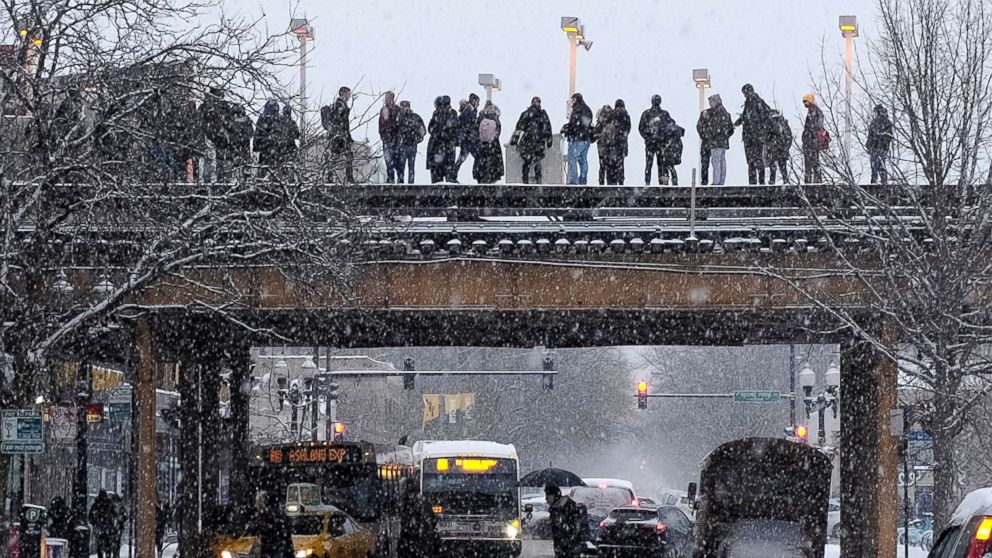
Terra Cotta Two events stopped this phase of reconstruction. Wood often replaced stone, and builders decorated their buildings with wooden awnings, cupolas, and cornices. Many other businesses simply ignored the new building laws. (Before the fire, many people had insurance, but their policies were burned in the fire.) Without the means to rebuild or insure their property, thousands of people and small businesses were crowded out of Chicago. In addition, many could not afford fire insurance. Many poorer Chicagoans couldn't afford the fireproof materials or skilled masons to rebuild. Masons are a skilled group of construction workers. The construction technique using mortar is called masonry. These building materials, much more expensive than wood, are held together by a sticky, strong substance called mortar. After the fire, laws were passed requiring new buildings be constructed with fireproof materials such as brick, stone, marble, and limestone. Sometimes, construction began even before the architect and engineers had completed the design. The school trains new firefighters to this day.įirst Phase of the Great Rebuilding The rebuilding of Chicago started immediately. In 1956, the Chicago Fire Academy was built on the site where Mr. Its original building was a water tank on LaSalle Street that had survived the fire. The Chicago Public Library opened its doors on Jan. Book donations collected in England became part of Chicago's first free, public library. This allowed shipments of aid to come pouring in from across the country and around the world. The industries surrounding agriculture and trade kept the city’s finances as stable as possible, and employed thousands of people. Most of the wharfs, lumberyards, and mills along the Chicago River survived, as did two-thirds of the grain elevators to the west. Known as the “Hog Butcher of the World,” Chicago’s stockyards processed more meat than anywhere else on Earth. The fire destroyed the city’s business district, but it left the stockyards and the new packing plants on the South Side untouched. Nature called the lakes, the forests, the prairies together in convention long before we were born, and they decided that on this spot a great city would be built." Unity Church was rebuilt the following year. Robert Collyer spoke to his Unitarian congregation outside the ruins of Unity Church on Dearborn Street. On the first Sunday after the fire, the Rev. It was the main source of water for the city's understaffed fire department. When a burning ember struck the roof in the first hours of the fire, the Waterworks was quickly destroyed. Its wooden roofing shingles had been replaced with slate, but the structure itself was pine. The Waterworks, on Pine Street, was just such a building. Buildings often had a single layer of fireproof material on the outside, hiding the wooden structure beneath. On the first night of the fire, strong southwesterly winds fanned the flames high into the sky and created convection spirals, or "fire devils." Fire devils spit burning debris in all directions, causing more buildings to burn.


Many of the city's wooden buildings and sidewalks had dried out in the summer's intense heat. Chicago's summer and fall in 1871 were unusually dry, with only one-fourth the normal amount of rain falling between July and October. While only 120 bodies were recovered, it is believed that 300 people died in the blaze. Ninety thousand people-one in three Chicago residents-were left homeless by the fire. The fire destroyed 17,500 buildings and 73 miles of street. Rain put out the fire more than a day later, but by then it had burned an area 4 miles long and 1 mile wide. From the barn at 137 DeKoven Street, on the city's southwest side, the fire spread north and east, into the heart of Chicago's business district. While there is little doubt that the fire started in a barn owned by Patrick and Catherine O'Leary, the exact cause of the fire remains a mystery. The Great Chicago Fire started on the evening of Oct. Big businesses, innovative buildings, and a new style of architecture were the results.

The "Great Rebuilding" was the effort to construct a new, urban center. For more than 24 hours, the fire burned through the heart of Chicago, killing 300 people and leaving one-third of the city's population homeless. On October 8, 1871, a fire broke out in a barn on the southwest side of Chicago, Illinois.


 0 kommentar(er)
0 kommentar(er)
